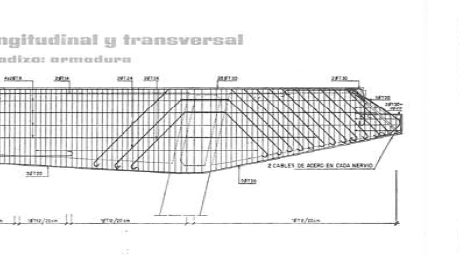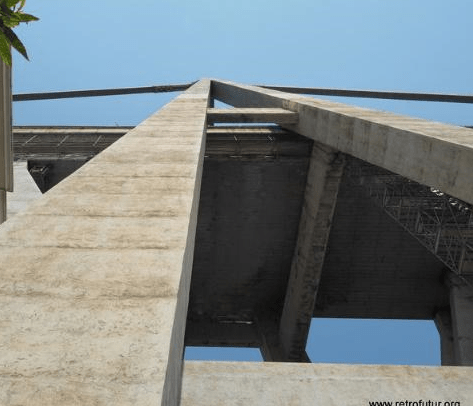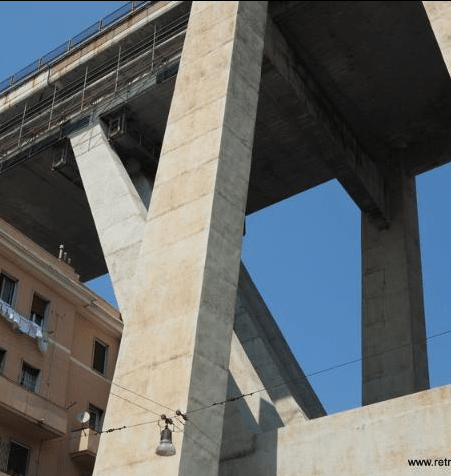The article provided by robyengIT is very interesting, but also presents a little confusion in understanding the principles of the Morandi's design.
The bridge is an early version of a cable-stayed structure, with unique concrete cable protection system, also serving as added component of stays, carrying part of the live and dead load and reducing vibrations and deflection.
So, the A cables were original stays, stressed by the cantilever's DL and later, by the center span DL and LL on both cantilever and center spans. These were not subject to any stress relaxation, to the contrary - any extra sagging of the cantilever was the sign of deterioration/degradation of the stays, increased stresses in the tendons, and resulting elongation of the stays. The B cables were likely extended beyond the anchorage of the A cables, to be fully effective in participation of carrying the loads. Detailed drawings of the anchorage zones will be very helpful.
The stressing of the concrete encasement was only serving as protective anti-crack countermeasure, and reported "relaxation" was the sign of elongation of the A and B strands due to corrosion section loss, cracking (hydrogen induced stress cracking) and/or combination of both.




